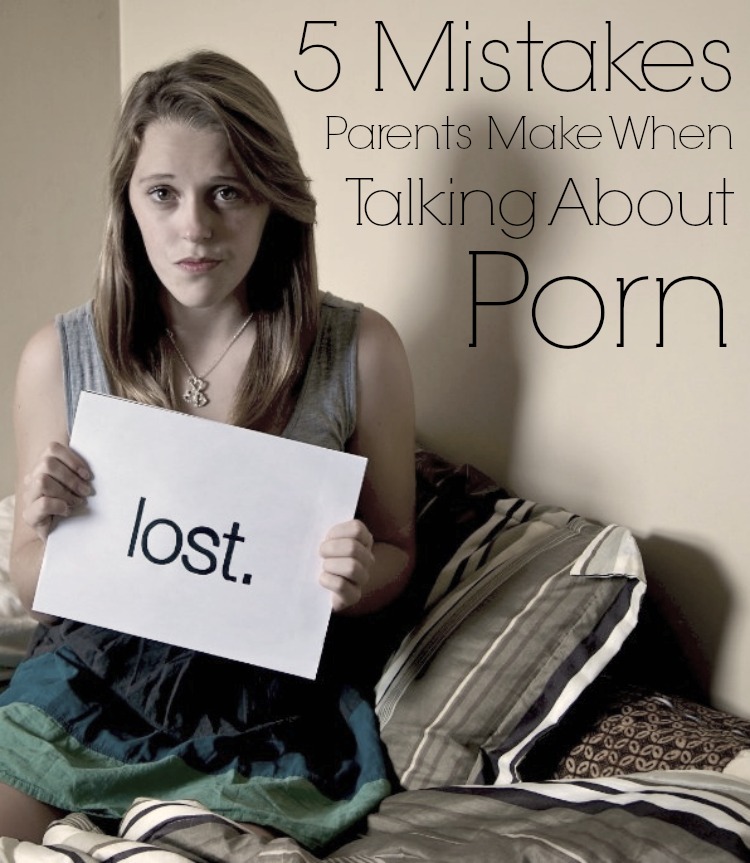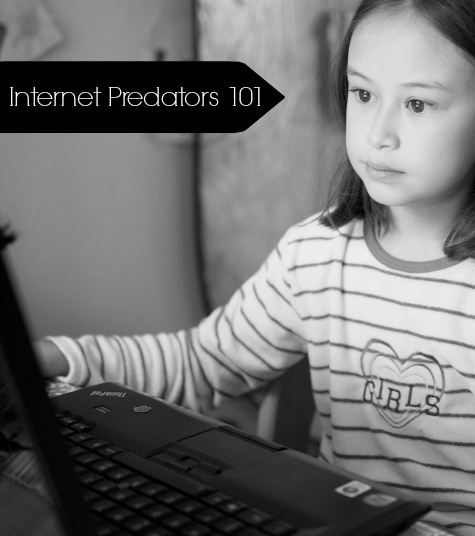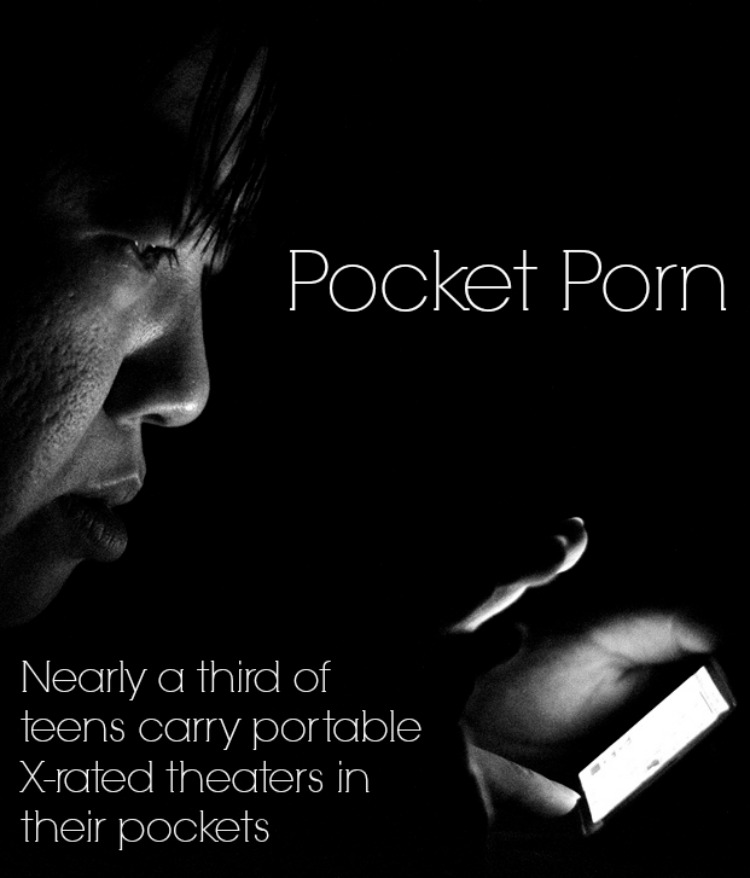Here are five ways parents typically botch up talking to their kids about porn.

1. Not talking about it at all
The first and biggest mistake is silence. Your child was created by God as a sexual being, and it is your job to give them the best possible information about the purpose of sexual desire. Because of the oversexed society we live in, the consequences of avoiding conversations about porn are simply too great.
Research shows that when adolescents are comfortable talking about sexuality with their parents, and when parents are proactive in teaching their children about sex, teens are far less likely to have early sexual intercourse and more likely to talk with their parents about important issues in their lives.
2. Not preparing before talking
Realizing that your child has been accessing porn repeatedly can be frightening, upsetting, and unnerving. If you find out your child is watching pornography, your gut reaction might be to speak to them immediately. Don’t. Take a day or two to figure out what you need to say.
If at all possible, delay having the conversation. If you find out on Tuesday that your child has accessed pornography, there’s no harm in waiting until Thursday or Friday to talk with them. You need time to process what you need to say and how you need to say it. Take time to rehearse what you need to say and pray God will give you a redemptive attitude.
3. Not listening to your child’s heart
There are many reasons why a child or teen begins looking at porn. When talking to your child about this subject, no matter what, don’t lose sight of the person sitting across from you. When you ask him or her a question, don’t be quick to fill the awkward silence with your voice. Give your son or daughter time to respond. Constantly remind yourself to hold your tongue and give your child space to talk.
Listen with a compassionate heart. Don’t use silence as a means to “glare down” at your child in disappointment. Let your eyes communicate tenderness. Listen to your child’s questions, curiosities, insecurities, lusts, guilt, shame, or emotions. Get raw, uncensored responses.
Remember: this conversation is not ultimately about porn; it is about you getting to know your child. This initial conversation is about unearthing your child’s motivations for viewing pornography.
4. Not monitoring Internet use
Knowing exactly what your child has accessed and when can be very helpful. The more knowledge you have, the less ambiguous the conversation will be.
Learn how to check the browsing history of any Internet device in the home. Know how to check any browsing apps on mobile devices as well. If you have Covenant Eyes Internet Accountability, you should have access to an un-erasable log of information such as search terms that were used, videos that were watched, and websites that were accessed. Take note of what they are and when they were accessed.
The goal of this knowledge is not to say “Gotcha!” When you question your child about what they were looking at and why, you are likely to hear the phrase like, “I don’t know” a few dozen times. Having this conversation will probably be very difficult for your son or daughter. The more information you can volunteer, the less of a burden he or she will have explaining everything to you from start to finish. “I noticed you were searching for ____,” you might say. “What made you curious about that?”
5. Not talking about the goodness of sex
Sex on screen only cheapens the goodness of sex. Viewing porn needs to be contrasted with the the good gift of sex as God has made it.
- Porn is selfish; sex is giving. When you watch porn, you are at the center of the fantasy. But having sex in a loving manner is about both receiving and giving pleasure. You don’t want to train your mind to see the opposite sex as a thing to be used rather than a person to be loved.
- Porn bonds you to an image; sex bonds you with a person. You are physically and emotionally wired for intimacy. That’s why God made sex so pleasurable, because it bonds a man and woman together. But when we lust after pornography, we are bonding to those images, not to a person.
- Porn is abusive; marital sex is nourishing. What you don’t see when you watch pornography is what it’s like when the camera stops recording: the world of drugs, alcohol, abuse, and brokenness. By watching pornography, we only give incentive to those who abuse these women to keep doing it.
- Porn dishonors God; marital sex honors Him. God has told us His will for us is to abstain from sexual immorality (1 Thessalonians 4:3). God will judge the sexually immoral and the adulterers because He wants the marriage bed kept pure (Hebrews 13:4). As a young man/woman of faith, don’t dishonor Him with your body by filling your mind with images of sin.






